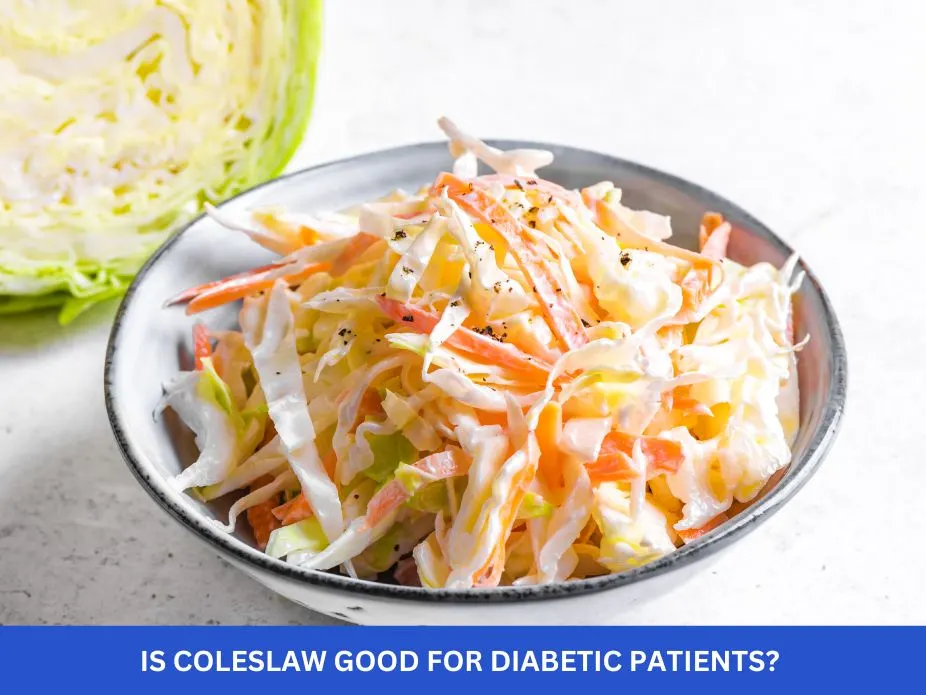A teaspoon is a small unit of measurement used in cooking and baking. In the U.S., one teaspoon equals about 4.2 grams of granulated white sugar. But when you see nutrition labels or health guides, they usually round this number down to 4 grams per teaspoon .
So, if you’re measuring out sugar for coffee, cereal, or baked goods, each teaspoon you use contains around 16 calories . That may not sound like much, but those calories can add up fast — especially if you’re adding sugar to multiple meals or drinks every day.
How Many Calories Are in One Teaspoon of Sugar?
Let’s break it down:
- 1 teaspoon of sugar = ~4 grams
- Each gram of sugar = 4 calories
- Total calories = 4g × 4 = 16 calories
This calculation comes from the fact that carbohydrates (like sugar) provide 4 calories per gram . Unlike fat (which has 9 calories per gram) or protein (4 calories per gram), sugar doesn’t offer extra nutrients beyond energy.
Why Does This Matter?
Knowing how many calories are in a teaspoon of sugar helps you:
- Track your daily calorie intake
- Make healthier food choices
- Avoid overconsuming added sugars
- Manage weight or blood sugar levels
The American Heart Association recommends no more than 6 teaspoons (25 grams) of added sugar per day for women and 9 teaspoons (37.5 grams) for men. That means just a few sugary snacks or drinks could easily push you past your limit.
Types of Sugar and Their Calorie Counts
Not all sugars are created equal. Let’s look at some common types and how many calories they contain per teaspoon.
1. White Granulated Sugar
- Calories per teaspoon : ~16
- Source : Refined from sugarcane or sugar beets
- Use : Baking, sweetening drinks, cooking
White sugar is the most commonly used sweetener and offers no vitamins or minerals. It’s considered an “empty calorie” food because it adds sweetness without nutritional value.
2. Brown Sugar
- Calories per teaspoon : ~16
- Source : White sugar with molasses added back in
- Use : Baking, sauces, marinades
Brown sugar is slightly more moist and has a richer flavor than white sugar, but it has almost the same amount of calories. The molasses gives it a bit more mineral content, but not enough to make it significantly healthier.
3. Honey
- Calories per teaspoon : ~21
- Source : Natural product made by bees
- Use : Sweetening tea, drizzling on toast or yogurt
Honey is often seen as a healthier option because it contains antioxidants and has antimicrobial properties. However, it’s still high in sugar and calories. One teaspoon of honey has more calories than regular sugar due to its thicker consistency and higher fructose content.
4. Maple Syrup
- Calories per teaspoon : ~17
- Source : Sap from maple trees
- Use : Pancakes, oatmeal, smoothies
Maple syrup is another natural sweetener that has trace minerals like zinc and manganese. While it’s a better choice than refined sugar, it still counts toward your daily added sugar intake.
5. Coconut Sugar
- Calories per teaspoon : ~15–16
- Source : Made from coconut palm sap
- Use : Baking, hot beverages
Coconut sugar has a lower glycemic index than regular sugar, which means it affects blood sugar more slowly. However, it still has the same number of calories and should be used sparingly.
Hidden Sugars: Where Else Does Sugar Hide?
You might be surprised where added sugars show up. Some foods labeled as “healthy” can have a lot of hidden sugar. Common culprits include:
- Yogurt (especially flavored kinds)
- Granola bars
- Peanut butter
- Canned fruit in syrup
- Sauces and dressings (like ketchup or barbecue sauce)
Always read the nutrition label. Look for ingredients like:
- High-fructose corn syrup
- Corn syrup
- Agave nectar
- Cane sugar
- Maltose
- Dextrose
If any of these appear near the top of the ingredient list, the product is likely high in added sugars.
Health Effects of Too Much Sugar
Consuming too much sugar regularly can lead to serious health problems over time. These include:
1. Weight Gain
Sugar provides quick energy but doesn’t keep you full. Eating too much sugar—especially from sugary drinks—can cause weight gain and increase belly fat.
2. Increased Risk of Type 2 Diabetes
Too much sugar can lead to insulin resistance, which is a major factor in developing type 2 diabetes.
3. Heart Disease
Studies show that diets high in added sugars increase the risk of heart disease. Excess sugar raises triglycerides, lowers good cholesterol (HDL), and increases inflammation.
4. Tooth Decay
Bacteria in your mouth feed on sugar and produce acid that harms tooth enamel, leading to cavities.
5. Mood Swings and Energy Crashes
While sugar gives you a short burst of energy, it’s often followed by a crash. This can leave you feeling tired, moody, or even anxious.
How to Reduce Your Sugar Intake
Cutting back on sugar doesn’t mean giving it up completely. Here are some easy ways to reduce your sugar consumption:
1. Choose Whole Foods
Fruits, vegetables, whole grains, and lean proteins naturally contain less sugar and more fiber, which slows digestion and keeps you fuller longer.
2. Read Nutrition Labels
Check the “Added Sugars” line on food labels. Aim to stay under 25 grams per day for women and 36 grams for men.
3. Limit Sugary Drinks
Soda, sports drinks, and sweetened coffee drinks are major sources of added sugar. Switch to water, herbal tea, or unsweetened versions instead.
4. Use Natural Sweeteners in Moderation
Try using cinnamon, vanilla extract, or mashed banana to add natural sweetness to foods. Small amounts of honey or maple syrup can also work.
5. Cook at Home
When you cook your own meals, you control how much sugar goes into them. Try making homemade salad dressings, sauces, and desserts.
FAQs: How Many Calories in a Teaspoon of Sugar?
Here are answers to some of the most common questions people ask about sugar, calories, and health.
Q: How many calories are in a teaspoon of sugar?
A: One teaspoon of granulated white sugar has about 16 calories .
Q: Can I burn off the calories from sugar?
A: Yes, you can burn off sugar calories through physical activity like walking, running, or skipping rope. For example, 10 minutes of moderate-intensity skipping burns around 100–150 calories.
Q: Is brown sugar healthier than white sugar?
A: No, both have similar calorie and sugar content. Brown sugar has a little more calcium and iron, but the difference is very small.
Q: Does honey have fewer calories than sugar?
A: No, honey actually has more calories per teaspoon (about 21 vs. 16). But it’s sweeter, so you might use less.
Q: What happens if I eat too much sugar in one day?
A: You may feel bloated, tired, or sluggish. Over time, eating too much sugar regularly can increase your risk of obesity, diabetes, and heart disease.
Q: Can skipping rope help me burn off sugar?
A: Yes! Skipping rope is a great cardio workout that burns calories quickly. Just 15 minutes of jumping rope can burn around 200 calories , depending on your weight and effort level.
Q: What are some low-sugar snack options?
A: Try fresh fruit, nuts, Greek yogurt, veggies with hummus, or air-popped popcorn.
Q: Is zero-calorie sweetener safe?
A: Artificial sweeteners like stevia, erythritol, and monk fruit are generally considered safe when consumed in moderation. Always check with your doctor if you have health concerns.
Final Thoughts
Understanding how many calories are in a teaspoon of sugar is a small but powerful step toward better health. Whether you’re trying to lose weight, manage diabetes, or simply eat cleaner, keeping track of your sugar intake makes a big difference.
Remember, not all sugars are bad. Natural sugars found in fruits and dairy come with fiber, vitamins, and minerals that your body needs. The real concern is with added sugars —the kind found in processed foods and sweetened drinks.
By reading labels, choosing whole foods, and being mindful of portion sizes, you can enjoy sweetness in a healthier way. And if you ever need to burn off those extra calories, grab a jump rope and start skipping!



